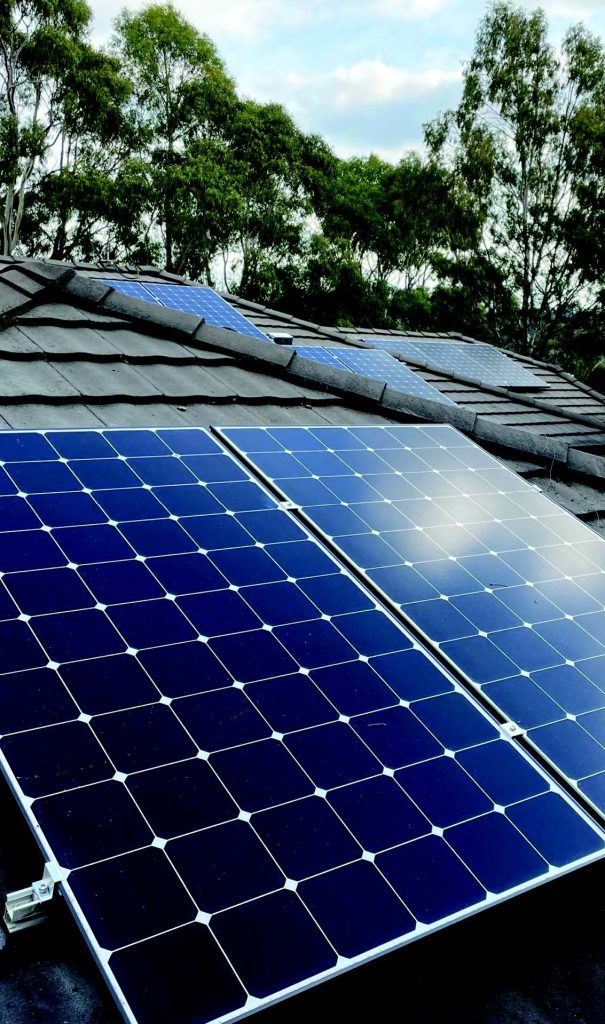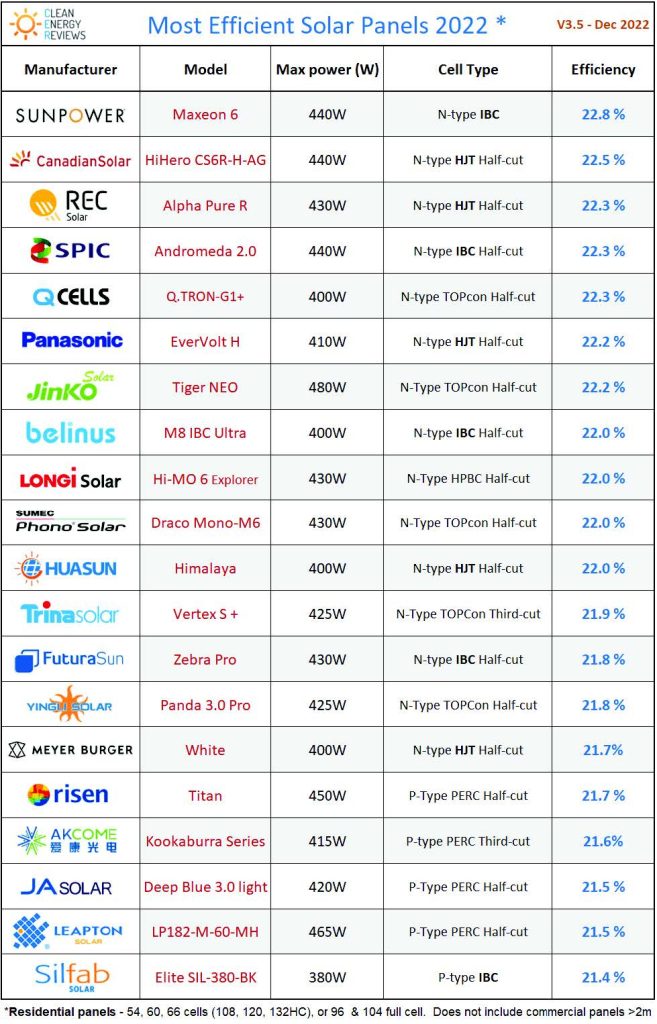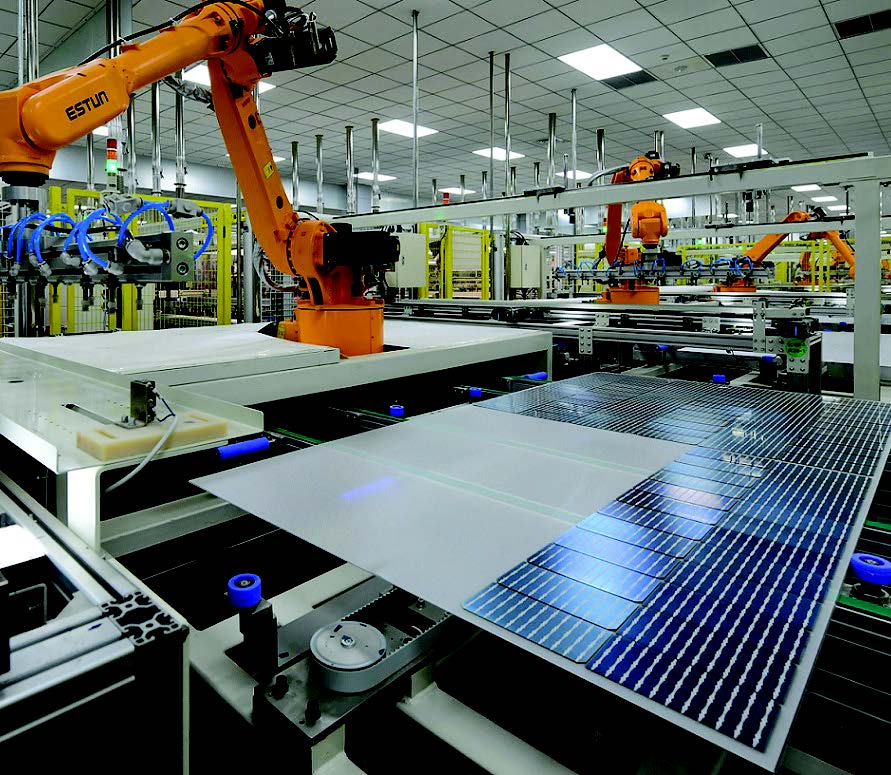Solar energy as a Renewable Energy is probably the biggest source of energy on the planet. The sun produces 173,000 terawatts (trillion of watts) continuously on the earths surface. That is in enough to cater for our power requirements over 10,000 times. This energy is of course renewable as long as we have the sun, question is, what then is stopping us from utilising this resource? Well, we are. You see to convert this potential energy you need Solar Panels and (that is what we are going to focus in this article) these are my story today.
This story dates back to the fi rst Photovoltaic eff ect ever observed and this was in 1839 by a French Physicist Alexandre-Edmond Becquerel, which is the operating principle of a solar cell. In this experiment silver chloride was used to coat platinum electrodes; and once the electrodes were illuminated, voltage and current were observed.

Over the years the cheapest way to produce a solar cell has been from the use of silicon which is the second most abundant element on earth. The fi rst ever Silicone solar panel was unveiled in Bells Lab in 1954.
Solar panels are constructed from a layer of silicon cells, a metal frame, a glass casing surrounded by a special film and wiring. Within each cell is a semiconductor wafer made from two layers of silicon, one is positively charged and the other is negatively charged forming an electrical field and when light passes through the cell it energizes the cell and causes electrons to come loose from atoms within the wafer. This motion creates an electric current which is DC and it is converted to AC so we can power our appliances.
Solar Panels have come a long way and efficiencies have greatly improved from the days of Edmond Becquerel.
Solar panel efficiency is determined by two main factors which are (1) PV cell efficiency based on cell design and silicone type (2) panel efficiency determined by cell configuration and panel size.
Cell efficiency is determined by cell structure and type of substrate used which is commonly either P type or N type silicone. Cell design with key features including silicone type, busbar configuration, junction and passivation type (PERC). N- Type silicone substrate due to its high purity and no losses from busbar shading have the high efficiency, but panels developed using monocrystalline PERC cells N Type TOPcon and advanced heterojunction (HUT) cells have higher efficiency. Ultrahigh Tandem Perovskite cells although still in development offer higher efficiencies.
Panel efficiency
Solar Panel efficiency is now around 17% to 23% which is measured under Standard Test Conditions which are 1,000W/m2 a module temperature of 25øCelsius and a solar irradiation angle of 45degress.
Overall panel efficiency can be influenced by temperature, irradiance, cell type and interconnection of the cells. Technology in panel has moved from 60 cell panels which are less efficient to split cells which offer added benefits in shading to bifacial solar panels ideal for independent mounting structures which allows it to generate power depending on albedo; to tiling ribbon which eliminates cell gap.
Below is the latest Clean Energy Reviews downloadable chart of the top 20 most efficient solar panels for 2022 with PV cell technology details added for comparison.

Well efficiency matters but then again it does not tell the whole story. What it doesn’t tell us is the build quality of the product which ensures that it will last the 25year warranty life span. In a vacuum efficiency paints part of the picture and has benefits in real world conditions.
Efficient panels deliver more power in less space which is a major factor for rooftop applications and solar farms were space is a limited.
Costs are reduced from balance of system components which are saved from fewer panels mounted these are mounting structure components cabling and less time per install. The same panel producing more is made from basically the same core materials as opposed to a smaller panel at more or less the same price reducing price per watt. Sustainability from using less materials per watt is great for our planet.
Other than efficiency how do we measure reliability of the manufacturing process without actually being privy to it. Most manufacturers are rated either through the Tier system or by some other independent bodies for example PV Tech Research which then offer more insight on the manufacturer. We recommend this as well as it gives an inside look into the bankability of the manufacturer which gives you an idea as to the product quality offering.
This ultimately still brings us to the very first question, which is which when choosing a solar panel. Are the interchangeable or is there a particular brand or product which is more superior than the other. Solar panel choices are guided by a lot of factors which are budget, space consideration, conditions of use and availability of service and warranty. In our experience choosing
a manufacturer that produces both an efficient panel and also considered bankable or tier recognized helps. Data sheet interpretation which we did not discuss here is also important as it relates to how conditions will affect panel performance.
Ultimately talk to your local expert on what is available in your market and what they have used and their recommendations.
text by Oyako Kanyenze

